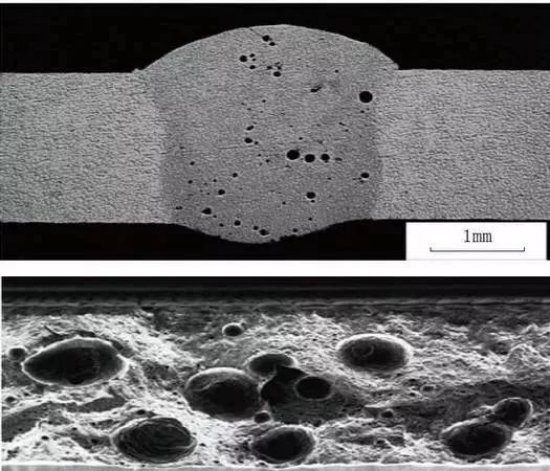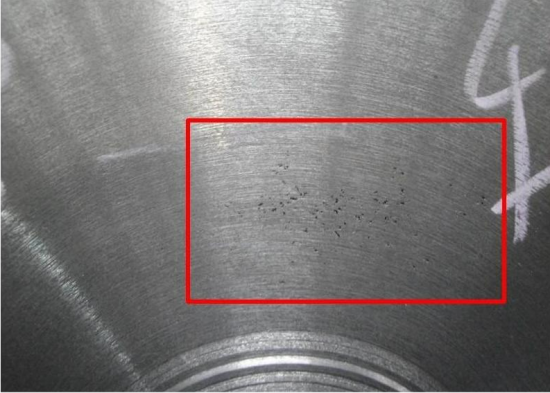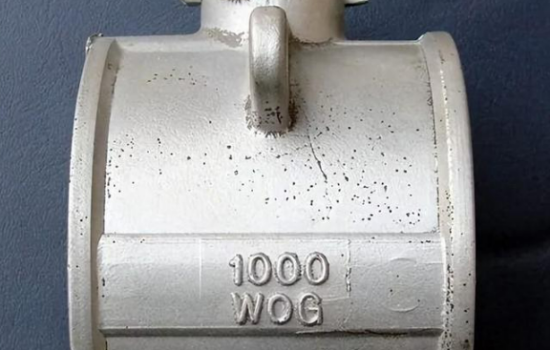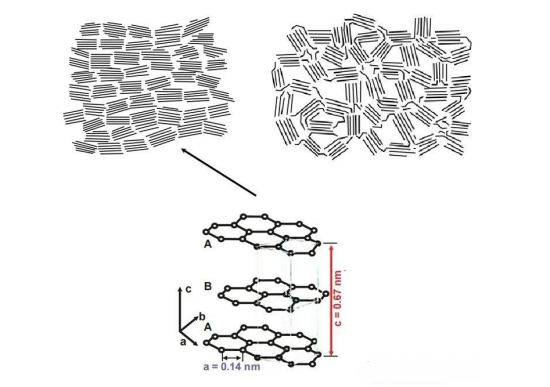【Graphitized Carburant】Its Critical Role in Synthetic Cast Iron and Influence...

【Graphitized Carburant】Its Critical Role in Synthetic Cast Iron and Influence on Casting Defect Control
In recent years, with the promotion and widespread adoption of induction furnaces in the foundry industry, the synthetic cast iron process using scrap steel with added carburant has developed rapidly and been maturely applied. Especially in reducing material costs, enhancing mechanical properties, increasing structural density, and improving machinability, the process and its advantages have been unanimously recognized and favored by foundry professionals. Meanwhile, the key processes and core technologies for synthetic cast iron production have also been identified by industry experts. A widely accepted viewpoint is that the quality of the carburant is a critical factor in producing synthetic cast iron.
Literature Review: According to the calcination temperature and duration during processing, and the residual sulfur and nitrogen contents after calcination, carburants can be classified into three types: graphitized, semi-graphitized, and non-graphitized. It is also noted that graphitized carburants that are fully calcined should have a residual sulfur content below 0.05% and residual nitrogen below 0.03%. The carbon atoms in such carburants are arranged in an orderly hexagonal lattice, allowing fast dissolution and high absorption during melting. In contrast, semi-graphitized or non-graphitized carburants with higher residual sulfur and nitrogen contents have disordered dislocation arrangements of carbon atoms, resulting in slower absorption and lower efficiency during melting. The literature recommends using graphitized carburants when producing high-density gray iron, ductile iron, or vermicular iron castings to avoid related casting defects.
1. Impact of Carburant Quality on Nitrogen Porosity in Castings
Nitrogen porosity defects appear as crack-like formations at hot spots or on the upper surfaces of castings, directly affecting the casting's density, mechanical properties, and qualification rate. Electron microscopy of nitrogen porosity surfaces shows three main features: turtle shell patterns, globular dendrite tips, and surface carbon films.

Literature indicates that when nitrogen in molten iron exceeds a certain concentration, it precipitates as nitrogen gas during solidification, forming nitrogen porosity. A nitrogen concentration of no more than 120 ppm is recommended. Generally, when no other carbonaceous material is added, carburants account for 2.0%–2.5% of the total charge in synthetic cast iron melting. When semi-graphitized carburant is used, each 1.0% addition can increase nitrogen in molten iron by 20–40 ppm; for non-graphitized carburants, the increase is 50 ppm or more per 1.0% addition. Given that nitrogen levels in molten iron are influenced by melting processes, charge types, and core materials, it is easy to understand that using low-nitrogen graphitized carburants is essential for reducing nitrogen porosity risk in castings.
2. Impact of Carburant Quality on Shrinkage Porosity in Castings
Shrinkage porosity is the most common cavity-type defect, often found near hot spots of castings. Electron microscopy reveals well-developed austenite dendrites at defect surfaces, typical of solidification shrinkage.
It is well known that gray and ductile iron undergo both solidification shrinkage and graphitization expansion during solidification. During the eutectic transformation, carbon atoms or clusters stack continuously at the graphite growth front, resulting in volume expansion. Literature notes that under proper conditions, effective graphitization expansion can fully offset solidification shrinkage and prevent volume loss, making it key to reducing shrinkage porosity.

What constitutes effective graphitization expansion? As stated earlier, fully calcined carburants have orderly hexagonal carbon atom arrangements. They dissolve rapidly and thoroughly in high-temperature molten iron, providing favorable conditions for graphite nucleation and growth. In contrast, insufficiently calcined carburants have disordered dislocation arrangements—like "dead knots" in a rope—making them harder to dissolve and extending dissolution time. Some undissolved particles remain in the melt until solidification ends. Though the molten iron may meet carbon specifications, weakened graphite growth reduces expansion, increasing shrinkage porosity risk. From another perspective: non-graphitized carburants cannot write smooth black marks on paper and may even tear it, while well-graphitized ones produce smooth black lines like a 2B pencil—showcasing the dramatic difference in behavior under force due to atomic arrangement.
3. Impact of Carburant Quality on Machinability
Machinability of castings remains a persistent issue in the foundry industry. Literature notes that under the same chemical composition, inoculation, and cooling conditions, the metallurgical quality of the base molten iron is the key factor affecting machinability. Fully calcined graphitized carburants serve as effective pre-treatment agents for the base iron, significantly increasing non-spontaneous nucleation cores, reducing eutectic undercooling, lowering chill tendency, and producing more uniform microstructures with less hardness variation. Especially when fine particle carburants (0.2–1 mm) are added during tapping, they not only replenish carbon but also enhance pre-treatment effects.

In contrast, semi-graphitized or non-graphitized carburants dissolve poorly and slowly. This reduces or contaminates effective nucleation cores, degrading the molten iron's metallurgical quality, increasing undercooling, chill tendency, excessive carbides, greater hardness variation, and poor machinability.
4. Impact of Carburant Quality on Graphite Dislodgement
Graphite dislodgement is a key factor affecting the surface finish of machined castings. After dislodgement, the surface appears as glossy black dimples, and microscopy shows steep topographies at the defect.
In gray iron, ductile iron, and vermicular iron, graphite and austenite grow symbiotically during eutectic transformation. Therefore, the carbon atom arrangement in the carburant critically affects graphite-austenite co-growth.

When carbon atoms are orderly arranged, the carburant dissolves into atomic or clustered carbon, facilitating graphite growth and enabling austenite to grow alongside it. This symbiotic relationship leads to strong bonding. Under high-speed tool shear, graphite does not easily dislodge.
Conversely, when carbon atoms are disordered, undissolved carburant disperses in the molten iron and cannot participate in normal graphite growth. These remain in the microstructure and mechanically mix with austenite with weak bonding. During machining, the dispersed graphite easily dislodges, creating surface pits and reducing surface smoothness.

Conclusion
In synthetic cast iron processes, the graphitization degree of the carburant is a critical factor affecting casting quality. Residual sulfur and nitrogen contents are key indicators of graphitization. For critical castings, it is recommended to use graphitized carburants with residual sulfur ≤0.05% and residual nitrogen ≤0.03% to reduce nitrogen porosity risks, minimize shrinkage during solidification, improve machinability, and enhance the surface finish.
Note: Nitrogen content in molten iron is not the lower the better. Production experience shows that moderately increasing nitrogen in gray iron can blunt graphite flake ends, make flakes coarser, shorter, and more curved, increase pearlite content, and improve the strength and hardness of gray iron. Literature recommends using ferromanganese nitride to increase nitrogen in gray iron, controlling nitrogen at 90–110 ppm.
Feel free to contact us anytime for more information about the graphitized petroleum coke carburant (GPC) market. Our team is dedicated to providing you with in-depth insights and customized assistance based on your needs. Whether you have questions about product specifications, market trends, or pricing, we are here to help.
No related results found








0 Replies